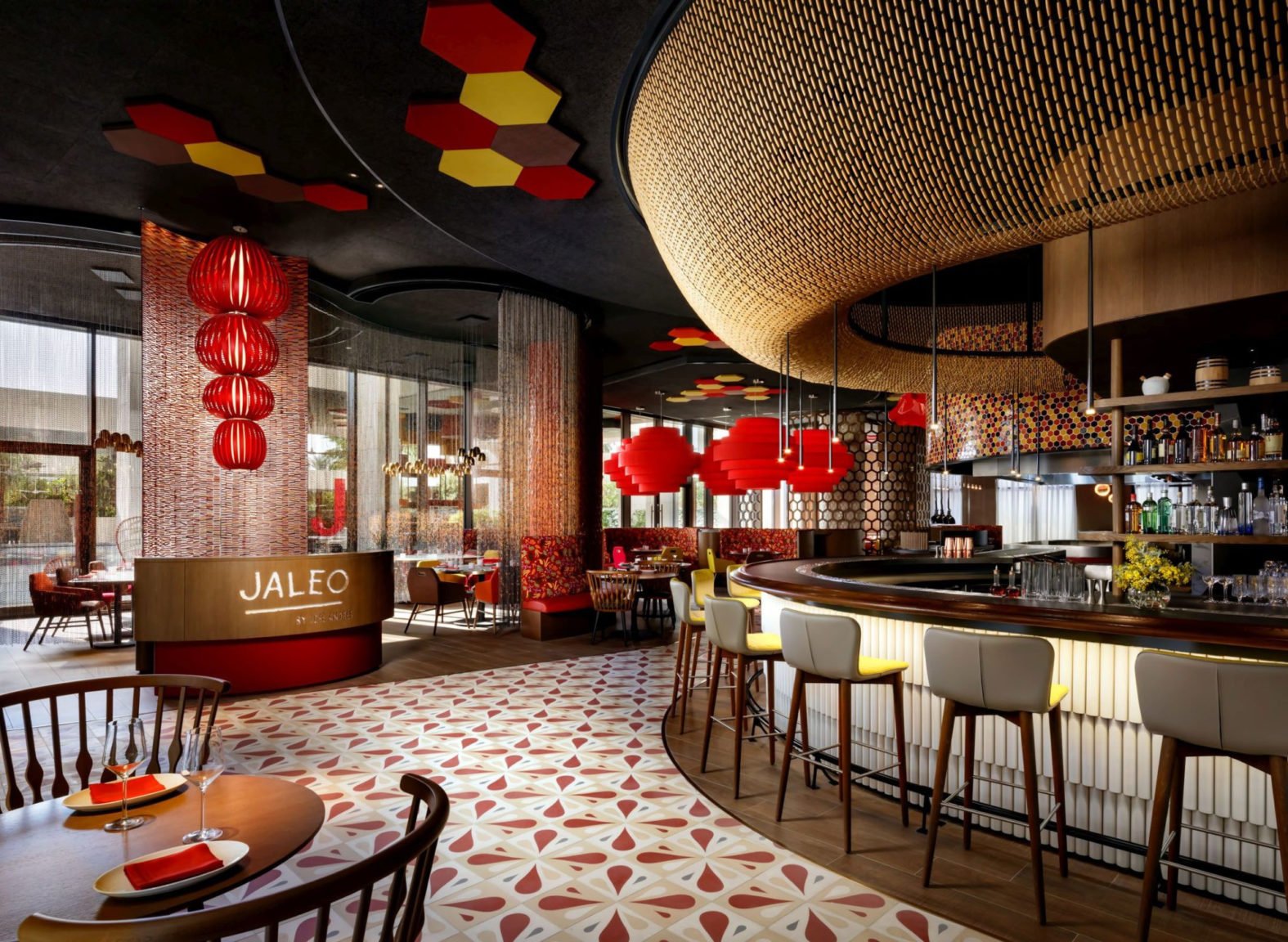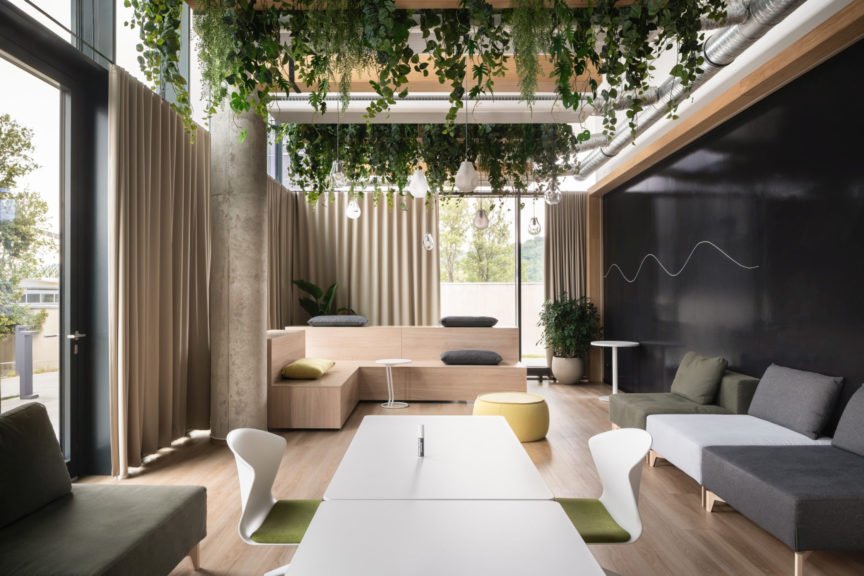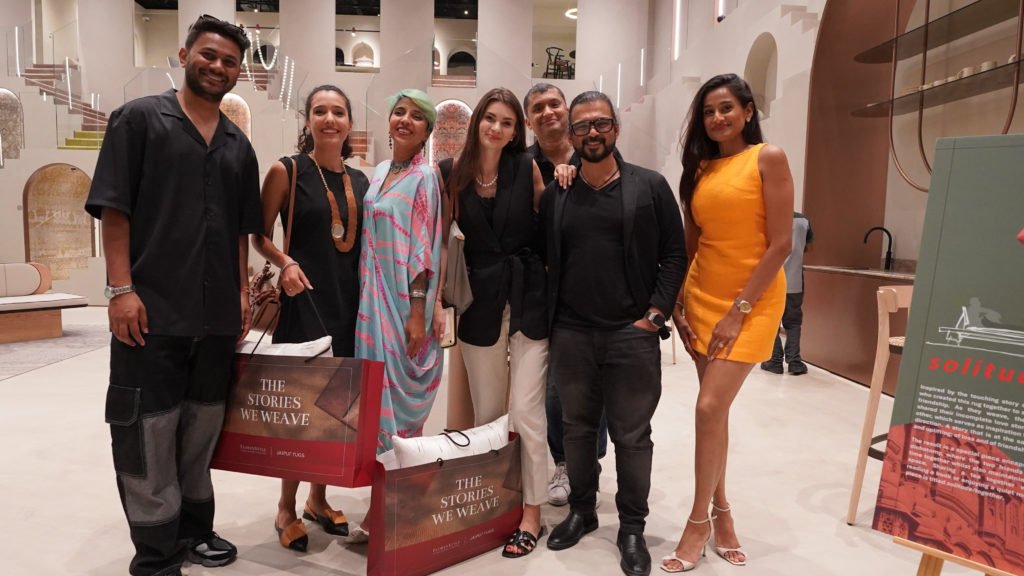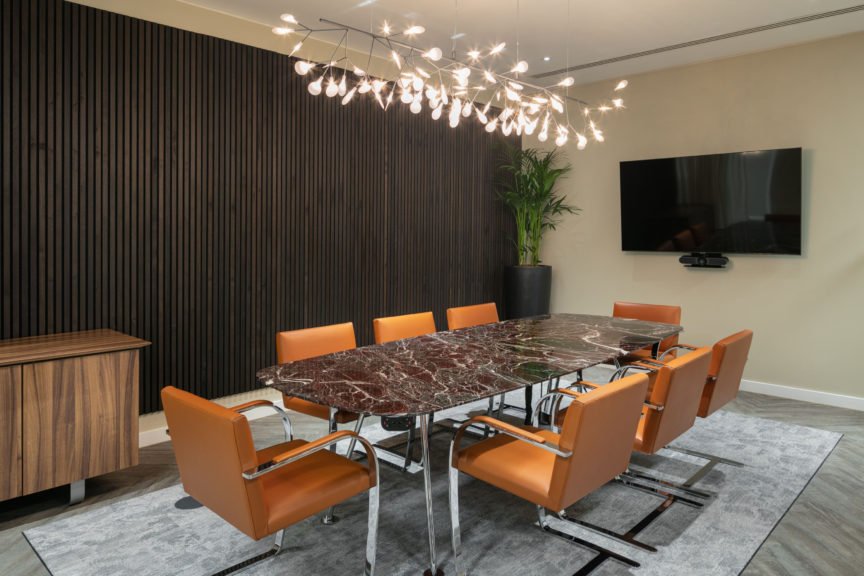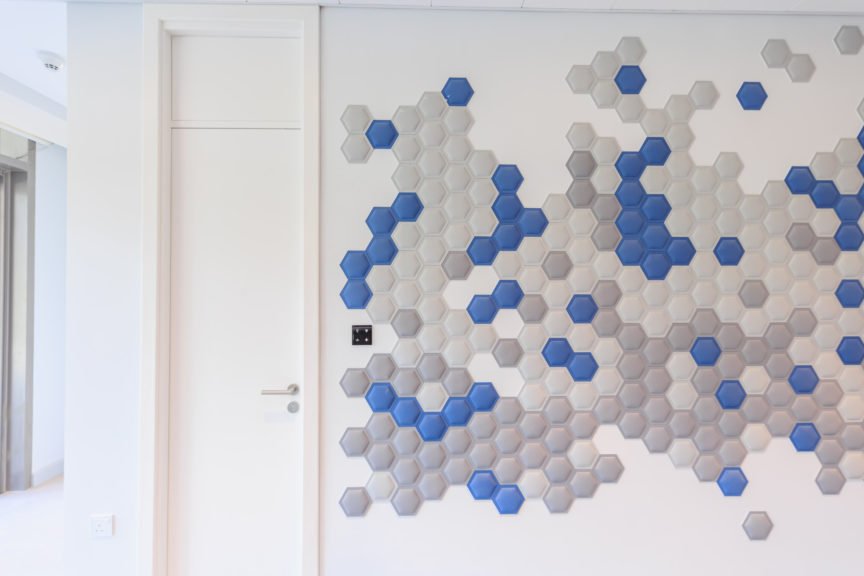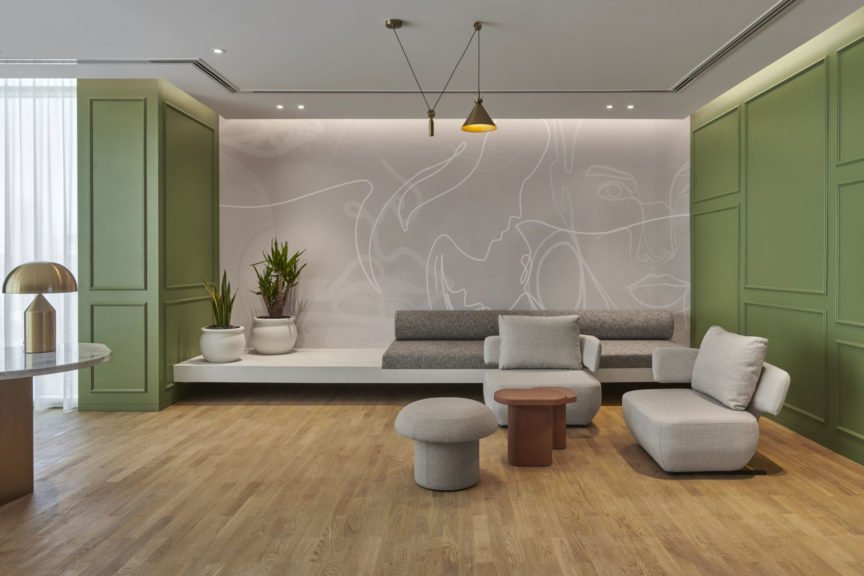As Oscar Wilde aptly put it, “One cannot think well, love well, sleep well if one has not dined well.” So, what defines a good dining experience?
In the realm of Food and Beverage (F&B), the design of a space becomes as critical as the flavours on the plate. Each element contributes to a symphony of sensory experiences where every sight, sound, and scent works together to craft an unforgettable dining ambiance.
From lighting that sets the mood to artful decor sparking conversation, and from tactile upholstery to innovative kitchen designs, it takes an army (of products) to materialise an immersive experience that goes beyond tables and chairs. Afterall, design can significantly influence customer loyalty and popularity.
It is like Sakshi Kanar, Project Director – FF&E at HBA, says, “While furniture is undoubtedly important in F&B interiors, it is not the sole factor that determines the success or appeal of a dining establishment. Other elements, such as lighting, decor, colour schemes, menu design, and customer service, play significant roles in creating a compelling dining experience.”
Ingredients to Floor Guests: The Kitchen Counter & other Supporting Elements
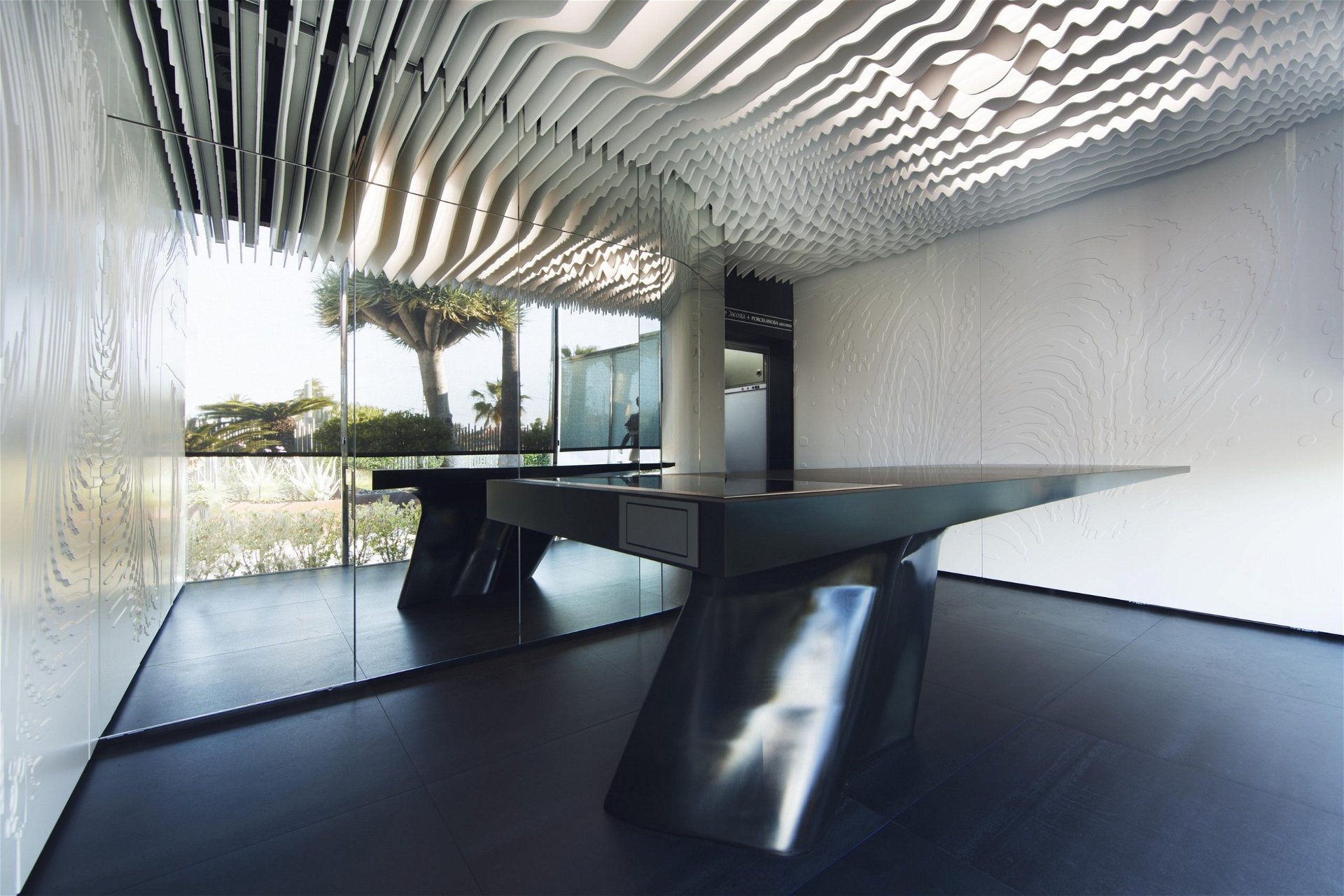
Roche Pharmaceutical, Kuwait
The kitchen counter, once purely utilitarian, has transformed into an artistic canvas, ushering in a new era of gastronomic creativity. Recognising its pivotal role in shaping the culinary space’s aesthetic, designers and chefs have embraced this evolution, as demonstrated by the recent launch of the Creativity Studio—a collaboration between renowned chef Quique Dacosta and Porcelanosa. This innovative concept reimagines the kitchen counter as an artistic hub, intertwining dining, culinary exploration, and research activities.
“While furniture is undoubtedly important in F&B interiors, it is not the sole factor that determines the success or appeal of a dining establishment. Other elements, such as lighting, decor, colour schemes, menu design, and customer service, play significant roles in creating a compelling dining experience.”
– Sakshi Kanar, Project Director – FF&E at HBA
The synergy between Dacosta’s restaurant expertise and Porcelanosa’s cutting-edge kitchen design is evident in the professional kitchen, where users gain access to technology and solutions mirroring those in his Michelin-starred restaurant. Crafted from KRION® Solid Surface, a recyclable mineral material with a warm, natural stone-like touch, the central island, folding fronts, and ceiling seamlessly blend functionality with aesthetic appeal. Complemented by URBATEK’s large CONCRETE porcelain floor tiles in a deep, rich colour, this ensemble achieves a harmonious fusion of form and function.
Simultaneously, the often-overlooked floor beneath our feet emerges as a crucial tool in crafting memorable F&B spaces. Illustrated by the hydraulic tiles from L’Antic Colonial by Porcelanosa, featured exclusively at the Only YOU Hotel in Valencia, these Craft ceramic pieces incorporate references to Valencian modernism, narrating a tale of Mediterranean cultural heritage. Beyond their aesthetic charm, these tiles offer durability and ease of maintenance—an indispensable consideration for high-traffic F&B environments.
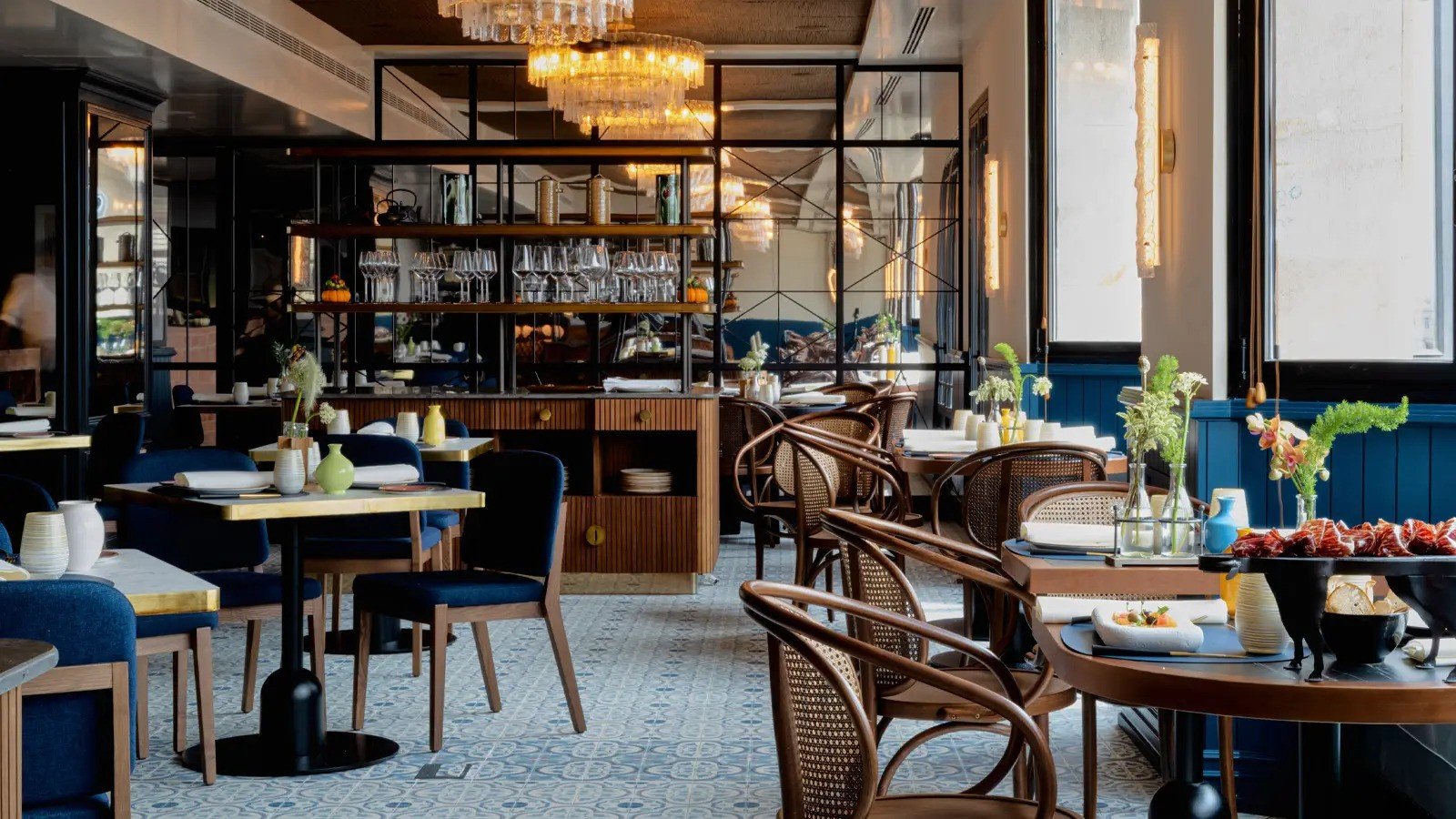
Lighting: Crafting Atmosphere with Illumination Mastery
Lighting stands as the unsung hero of any F&B space, wielding the power to set the tone and mood with subtle precision. From the warm, intimate glow of pendant lights above a cosy booth to the dramatic play of spotlights accentuating culinary masterpieces, the right lighting can elevate the dining experience to a celestial level.
Emma Stinson, Creative Director at FINCH, asserts that lighting design is a pivotal element, sometimes surpassing even furniture design in shaping ambiance. Using Bedrock in Pier 7 as an illustration, she emphasises the transformative role of lighting in a space that shifts from a cool modern sports bar during the day to a vibrant and bustling venue at night.
“With lighting design you get to develop something that controls how the whole space works rather than just pockets or areas of the design. I’ve always said that a poor lighting design can render an amazing design to be fairly ineffective,” she reiterates.
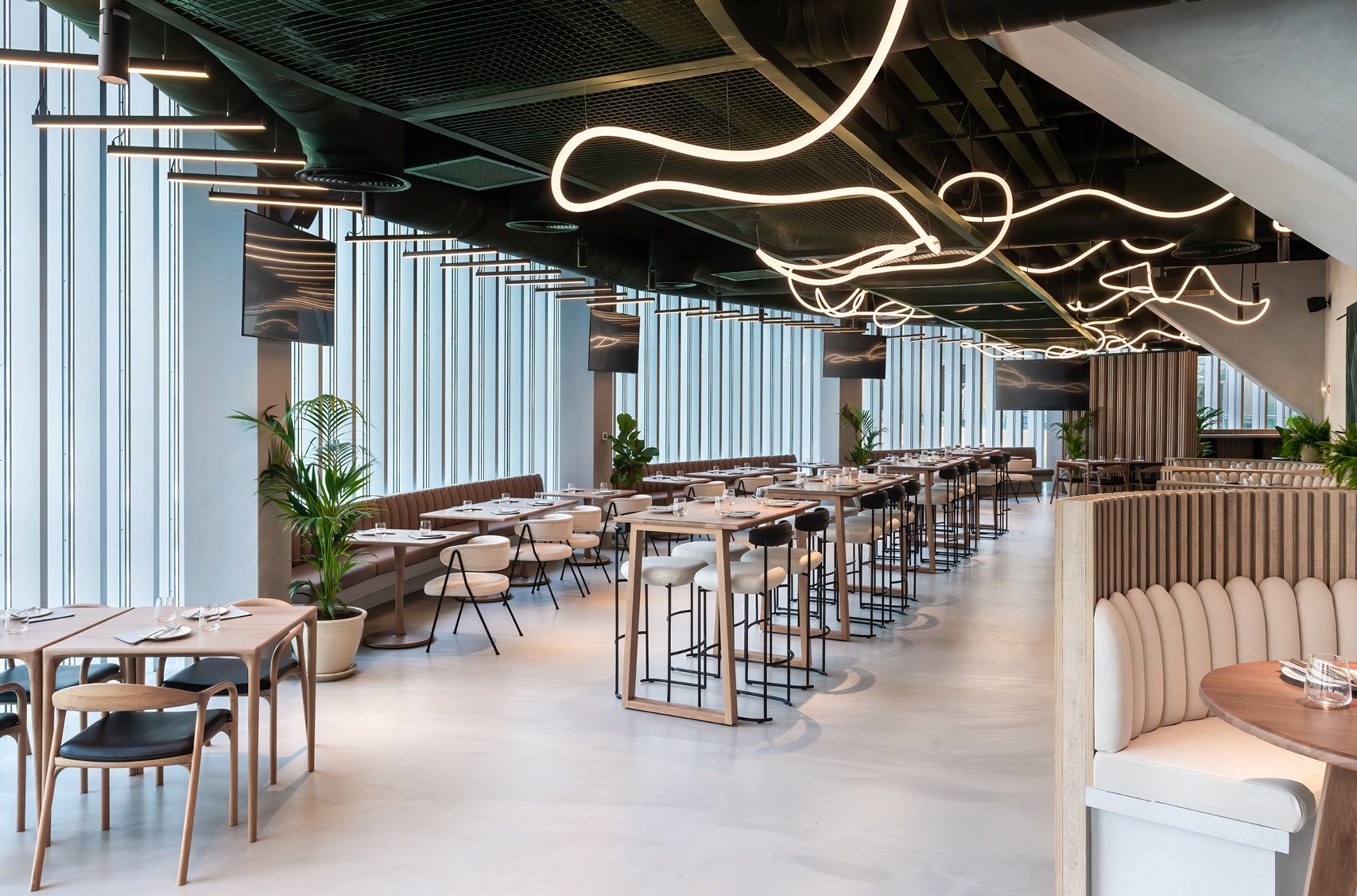
Bedrock in Pier 7 by FINCH
“With lighting design you get to develop something that controls how the whole space works rather than just pockets or areas of the design. I’ve always said that a poor lighting design can render an amazing design to be fairly ineffective.”
– Emma Stinson, Creative Director, FINCH
Sakshi echoes this sentiment, highlighting the crucial role of lighting in imparting ambiance to Food and Beverage (F&B) spaces. “It’s all about the lethal combination of experiencing visually stunning bar setups with dynamic lighting, eye-catching backdrops and furniture and fixtures that enhance the experience,” she emphasises.
This emphasis on ambiance seamlessly aligns with the incorporation of distinctive elements, such as Lladró’s Dome table lamps and cutting-edge sculptures like the Origami panthers and The Guest collection at the Cocktail and Lounge Bars in the five-star hotel Palacio Vallier. In this unique experience, surrounded by the fragrance of Jardines de Valencia emanating from the Boletus collection diffusers, the integration of sensory elements serves to elevate the overall ambiance.
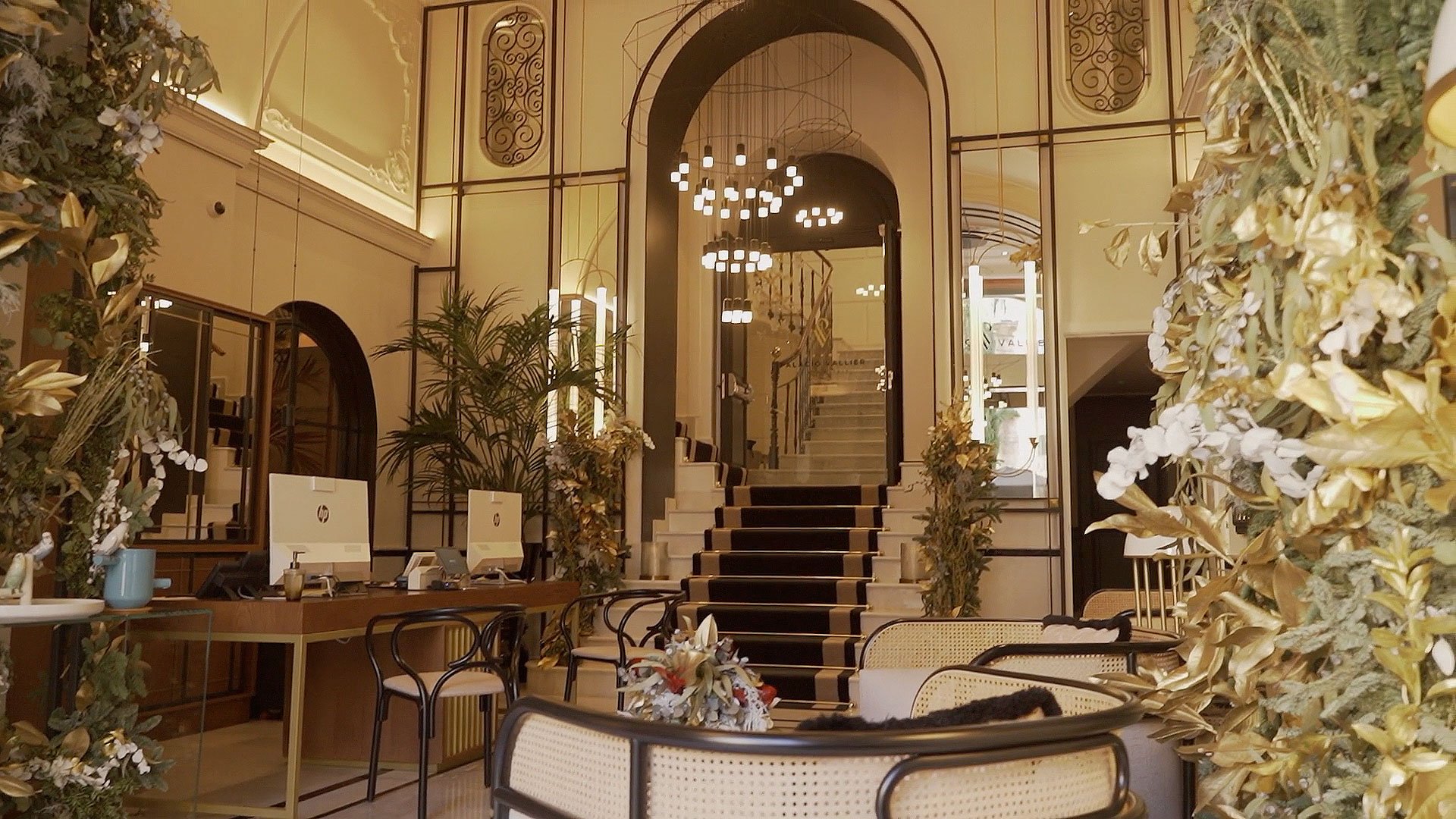
Sculptures: Culinary Art in Three Dimensions
Imagine a bespoke sculpture that resonates with the culinary philosophy of an establishment—ranging from minimalist abstract pieces in modern bistros to intricate culinary-inspired sculptures in fine-dining venues. These three-dimensional artworks serve as captivating conversation starters, adding a layer of sophistication to the overall dining experience.
Enter Kriskadecor and LZF Lamps, standouts in this realm. Consider the large sculptural lamp in the form of a Koi Fish by LZF Lamps at Kohakinho Restaurant in Switzerland, a Japanese-Brazilian fusion sushi bar. The fish, intricately designed with wooden derivatives, is an exemplar of Valencian carpentry. Right next to it, is Kriskadecor’s stunning metal partition featuring varying colour gradients, hovers above tables. These elements transform the double-height space into a colossal fish tank where diners become smaller fish, immersed in an artistic aquatic ambiance.
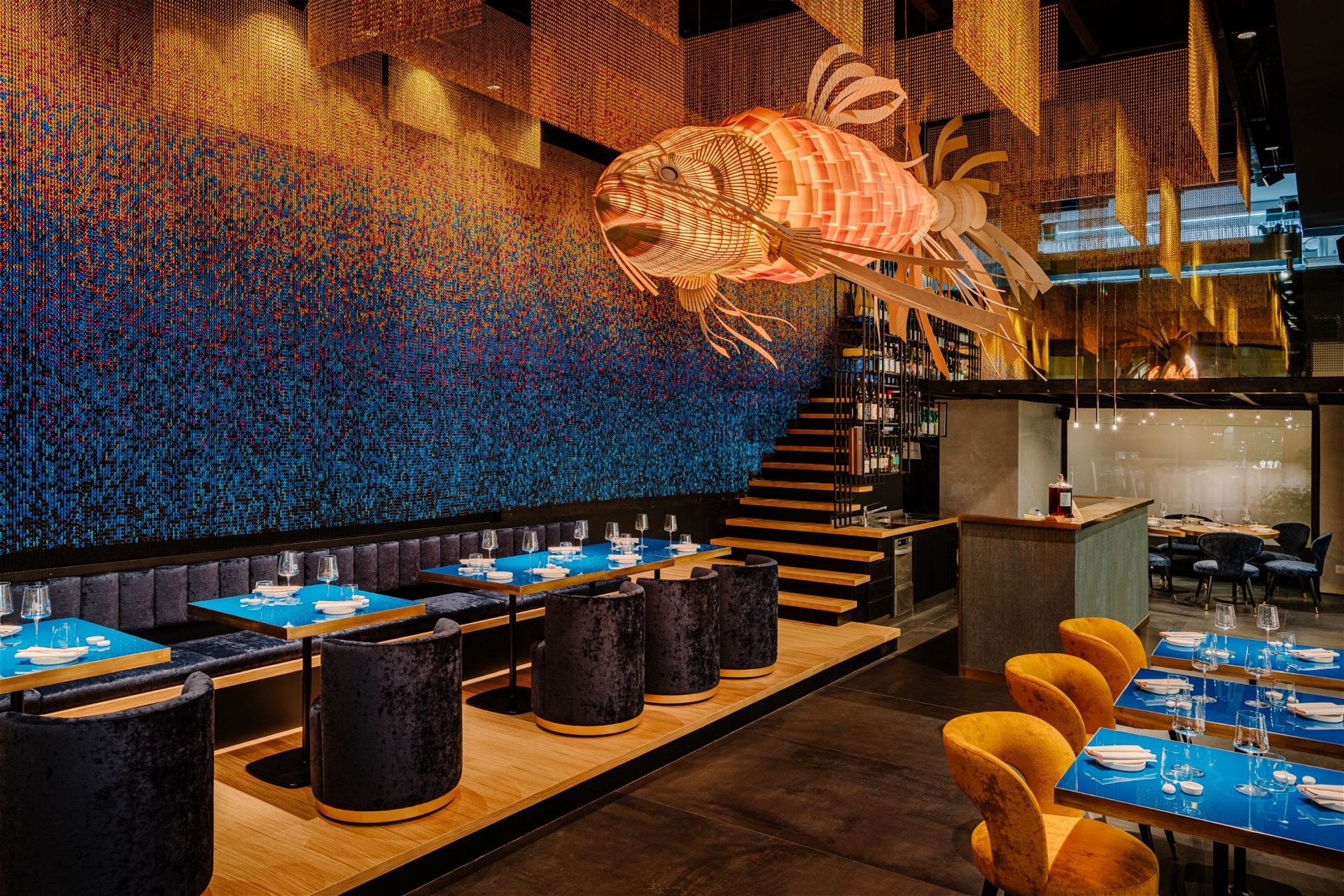
Kohakinho Restaurant in Switzerland
Similarly, at Nozomi Restaurant in Saudi Arabia, guests are greeted by a softly illuminated molten metallic river ceiling inspired by ancient Japanese traditions. This theme continues inside, with the main dining area adorned in warm teak and reclaimed wood, surrounded by golden metallic light columns that play with perceptions, creating an illusionary interplay between up and down. The sculptural elements showcase the ability to seamlessly integrate artistry and ambiance, turning dining spaces into immersive works of art.
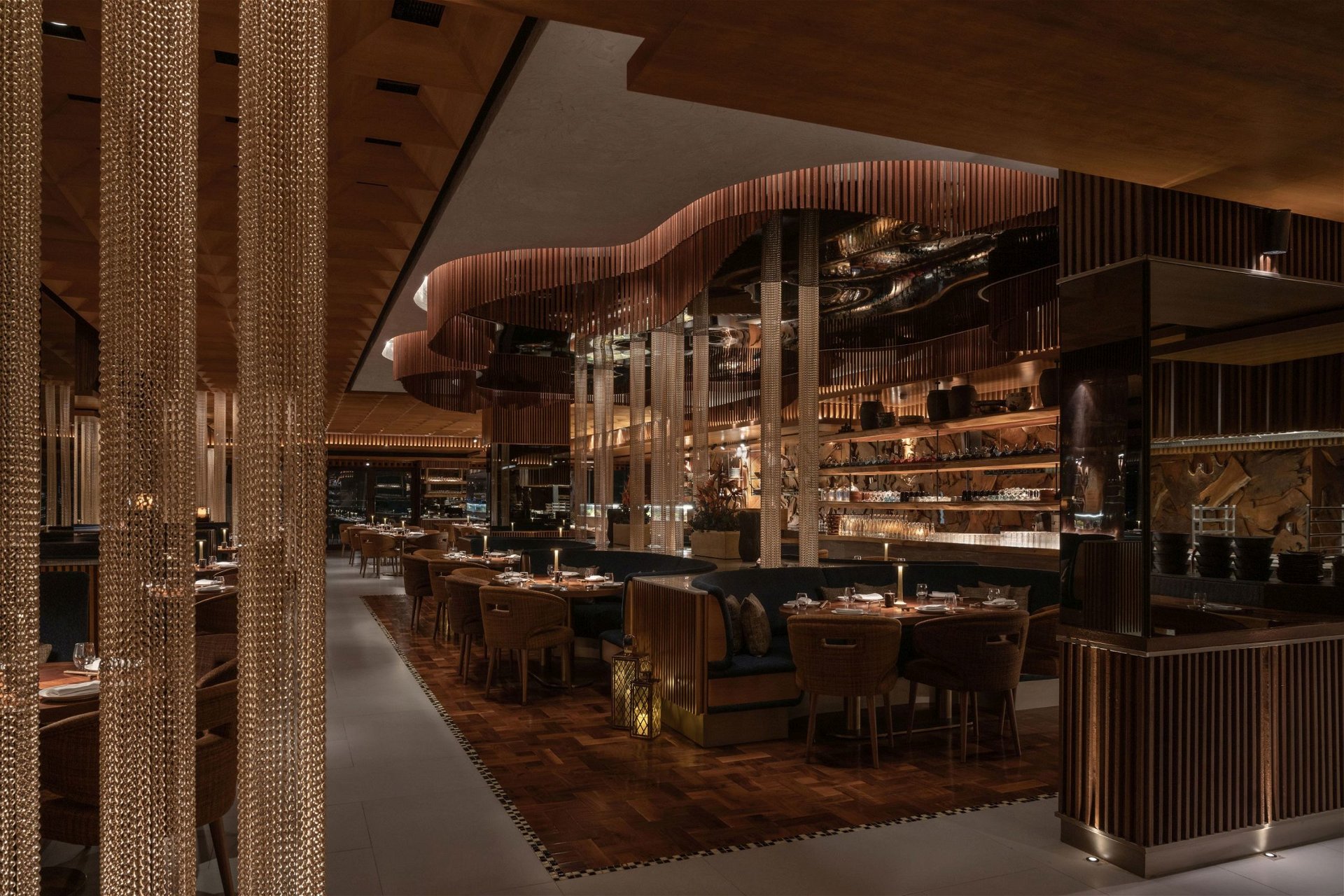
Nozomi Restaurant in Saudi Arabia
Revitalising Spaces: The Impact of Upholstery on F&B Projects
Upholstery is not merely a functional element in the design of F&B spaces; it’s a canvas that tells a story of comfort, style, and personality. Choosing the right upholstery can transform a dining chair from a functional necessity into a statement piece.
Integrating recycled fabrics into this narrative not only contributes to environmental sustainability but also imparts a unique charm, embodying a story of thoughtful choices and responsible design. A noteworthy example is Equipo DRT‘s fire-retardant fabric collection, UpSwing, crafted from 100% recycled polyester. Adorning the private zone of Nozomi Sushi Bar in Valencia, this upcycled fabric adds a distinctive touch to the space, showcasing the fusion of sustainability and sophistication.
Nozomi Restaurant in Saudi Arabia
The selection of upholstery extends beyond mere aesthetics, wielding a direct influence on the perceived comfort of seating, consequently, shaping the overall dining experience. Whether adorned with leather banquettes, plush velvet cushions, or bespoke fabric patterns, upholstery seamlessly weaves together the entire design narrative.
In this diverse market, where options abound in terms of textures and colours, practical considerations such as easy maintenance and UV resistance play a crucial role. Enter the Silvertex® collection by Spradling, a notable choice at Spain’s Michelin-starred restaurant L’Aliança d’Anglès. This collection offers an array of incredibly soft and sheen options that elevate both the tactile and visual aspects of the dining environment.
Similarly, the Valencia collection, showcased at St Annes Beach Huts: The Grand Hotel, also stands out. Designed as a coated fabric for high-traffic areas, Valencia surpasses expectations with its remarkable touch and aesthetic appeal. The Permablok3 finish further enhances its functionality by providing an additional layer of protection against stains and spills.
Left to Right: L’Aliança d’Anglès; St Annes Beach Huts: The Grand Hotel
Where does Sustainability weigh in?
“Design achieved via sustainability has evolved more in the recent years, lending itself to an attraction for local suppliers and artisans, which I believe to be an incredible win-win situation for all,” advocates Sakshi.
She further emphasises that interiors are experiencing a shift toward heightened artistic and creative expression. Elements such as rooftop gardens, indoor green walls, and al fresco dining, all with a focus on sustainable design, create an urban escape. In essence, the current trend revolves around prioritising originality and individuality, creating a distinctive mark in the competitive F&B industry.
Emma concurs, highlighting that while the dining experience relies on a delicate balance of various elements, the core of a well-designed space ultimately hinges on efficient architectural planning. “The most important element that’s often overlooked is space planning and layouts. At FINCH we focus on designing spaces that function, for the client, operations, and the end user and then design around that functionality. This approach is crucial to creating a successful space, where form follows function,” she concludes.
Feature Image: Jaleo Restaurant, Dubai by Bluehaus Group & Capella Garcia Architecture
Article info
Article:
Date added:
26 December, 2023

